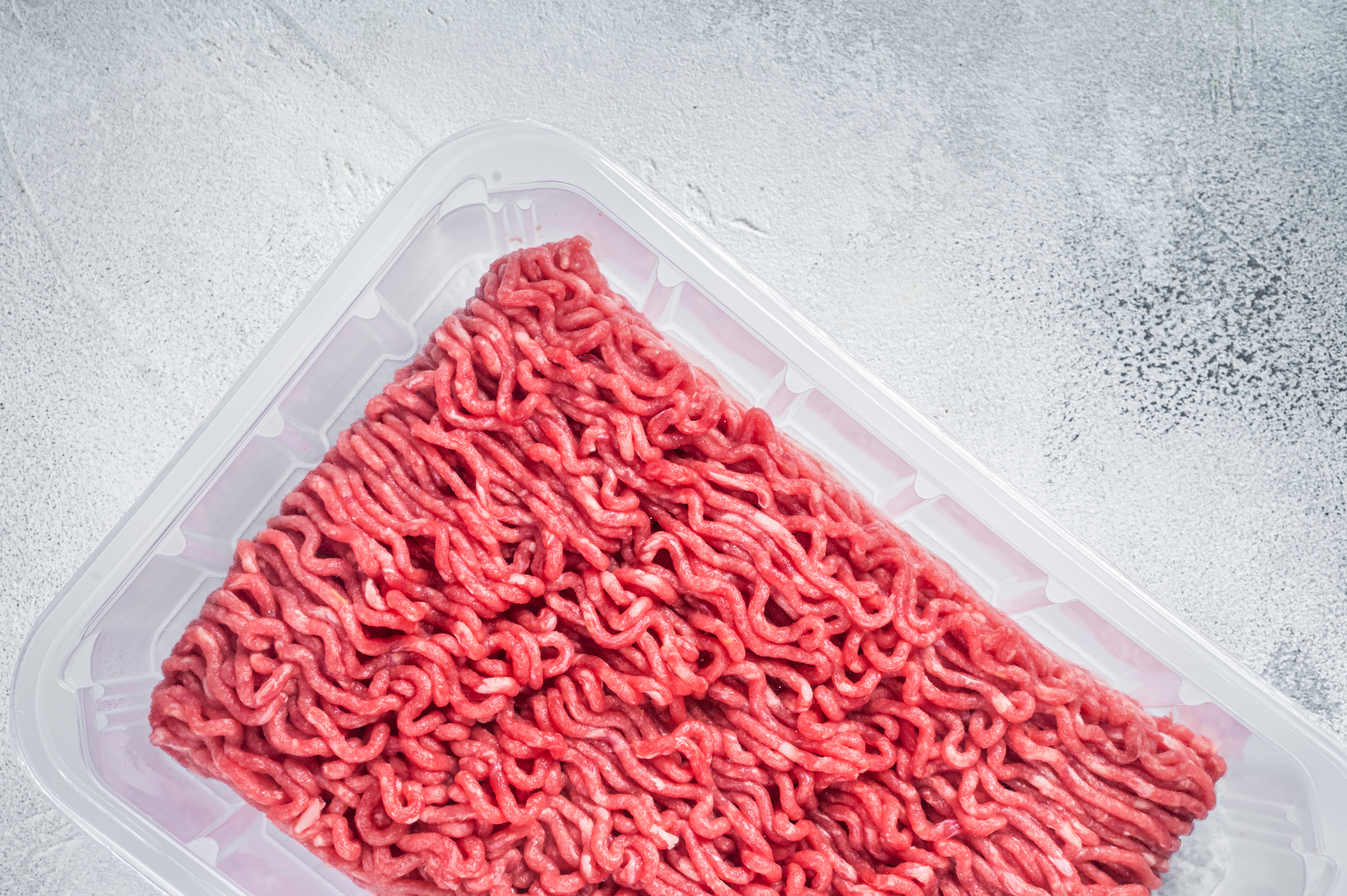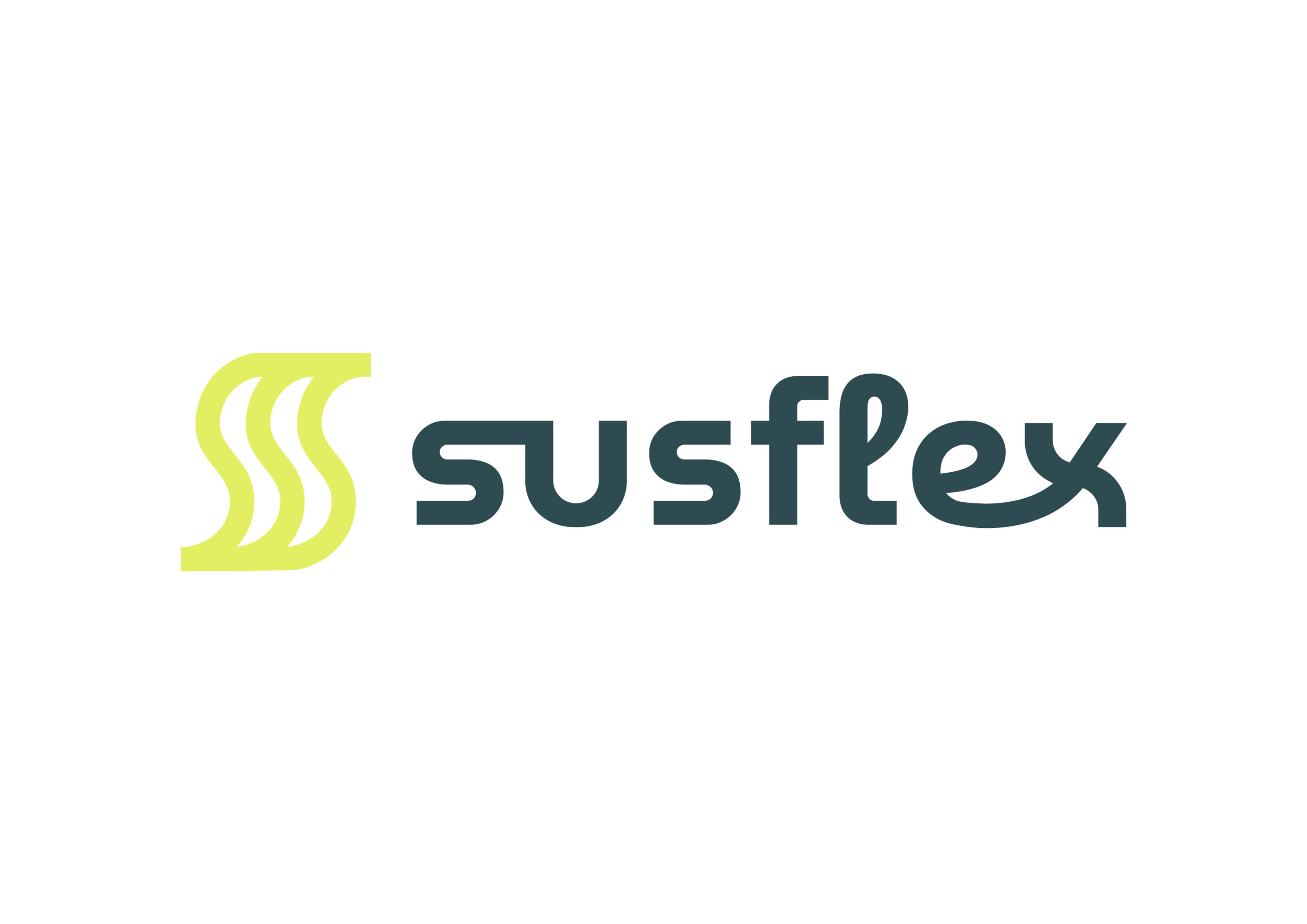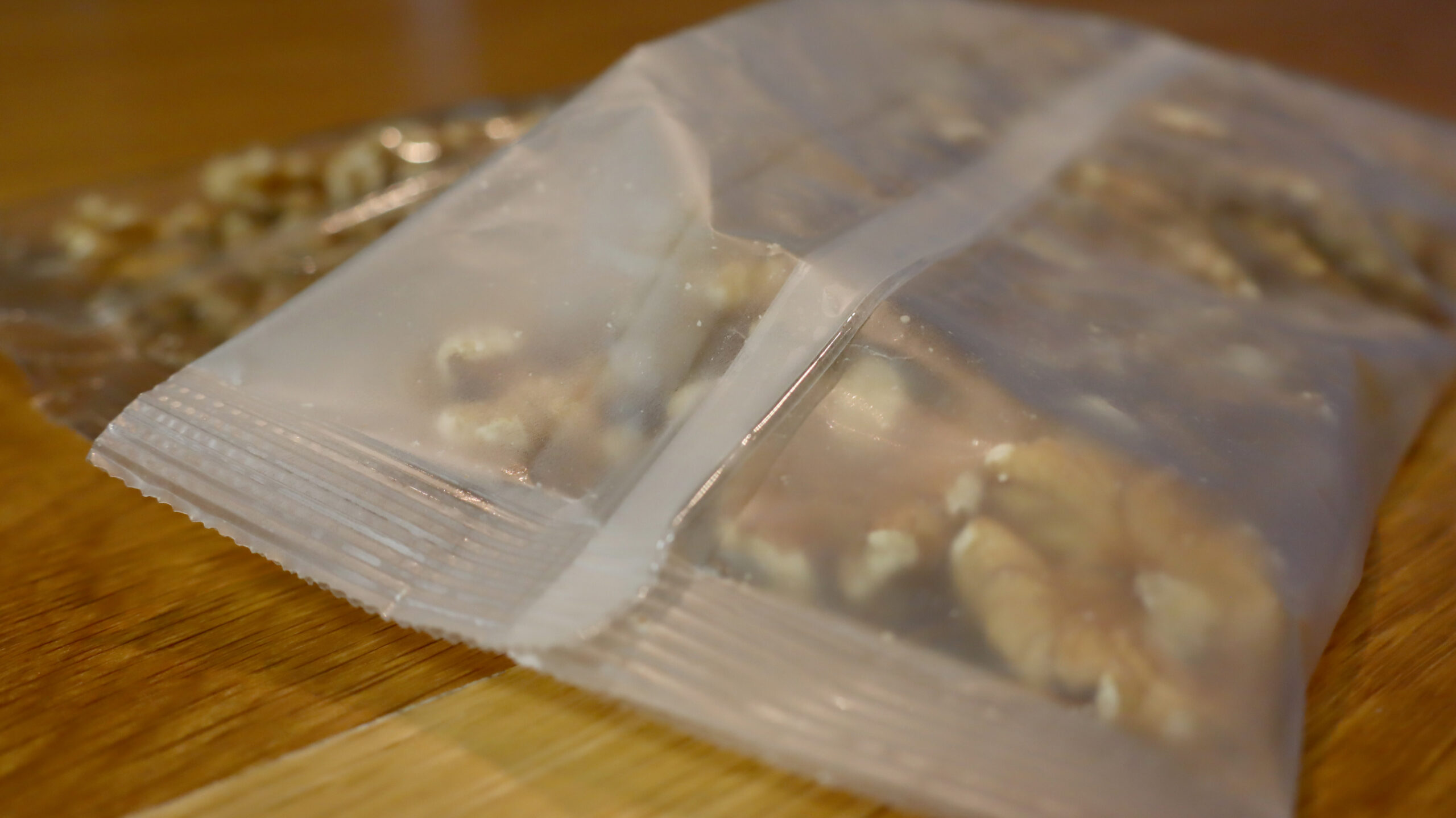SUSFLEX: Development of new easily recyclable flexible structures through coating application techniques

The SUSFLEX objective is to develop various recyclable solutions for flexible packaging based on cellulosic substrates and polyolefins, in order to obtain single-material solutions with improved barrier properties and sealing capabilities through the application of coatings.
Context
Traditionally, paper-based solutions for flexible packaging applications, especially for food, have been developed by applying coatings or layers of fossil origin, such as polyethylene or similar materials, waxes, and fluorinated derivatives in the form of multilayers to achieve the required properties. However, this improvement in barrier properties implies a reduction in the biodegradability and/or recyclability of packaging solutions.
This is the focus of the SUSFLEX project, which will carry out various tasks (formulation of improved coatings, design of structures, alternative coating application techniques, etc.) to develop 100% recyclable and/or biodegradable cellulosic materials.
On the other hand, Spain stands out as one of the leading European countries with the highest installed recycling capacity. Furthermore, flexible and rigid PP and PE account for almost 60% of recycling capacity at both European and national level, making polyolefins the most important base materials for the design of packaging subject to end-of-life recycling. For this reason, the project will also investigate polyolefins to obtain solutions with improved properties for packaging applications.
Summary and objectives
The SUSFLEX project aims to develop flexible packaging solutions based on easily recyclable cellulose substrates and polyolefin substrates (PP, PE) with improved properties for the meat sector, V range products, and snacks.
Conventional coating application techniques (flexography and rotogravure) will be used to improve properties, in addition to non-contact application techniques such as slot die. Furthermore, high-viscosity, high-solids coatings will be developed and thermoplastic polymer-based formulations will be applied by extrusion coating.
This will achieve the following results:
- Coating formulations for improving the final properties of flexible packaging based on paper and polyolefins (barrier properties, sealability, etc.).
- Biodegradable thermoplastic formulations for application by extrusion coating on cellulosic substrates, with the aim of improving barrier properties and sealing properties while maintaining biodegradability.
- Flexible packaging (cellulose and polyolefin-based substrates) developed on a pilot and industrial scale by applying coatings formulated using different technologies ( rotogravure, flexography, slot die).
- Flexible packaging (cellulose and polyolefin-based substrates) developed on a pilot scale using high-viscosity, high-solids coatings applied using non-contact technology such as slot-die coating and extrusion coating.
- Validation of the food safety of the final demonstrators, confirming their suitability for use in the food sector.
- Analysis of the recyclability of the final demonstrators to validate the performance of the materials developed.
Results
In the project, ITENE has developed different structures of flexible packaging materials based on different types of recyclable or compostable materials (polyolefins and papers) with improved properties that meet the technical requirements necessary for different applications in the meat sector, V-range products, and snacks.
Within the project, polyolefin-based solutions have been validated at an industrial level and used in packaging tests by the various companies collaborating on the project. Paper-based solutions have been validated at a laboratory and/or pilot level, but promising results have been obtained which will serve as a basis for future developments.






